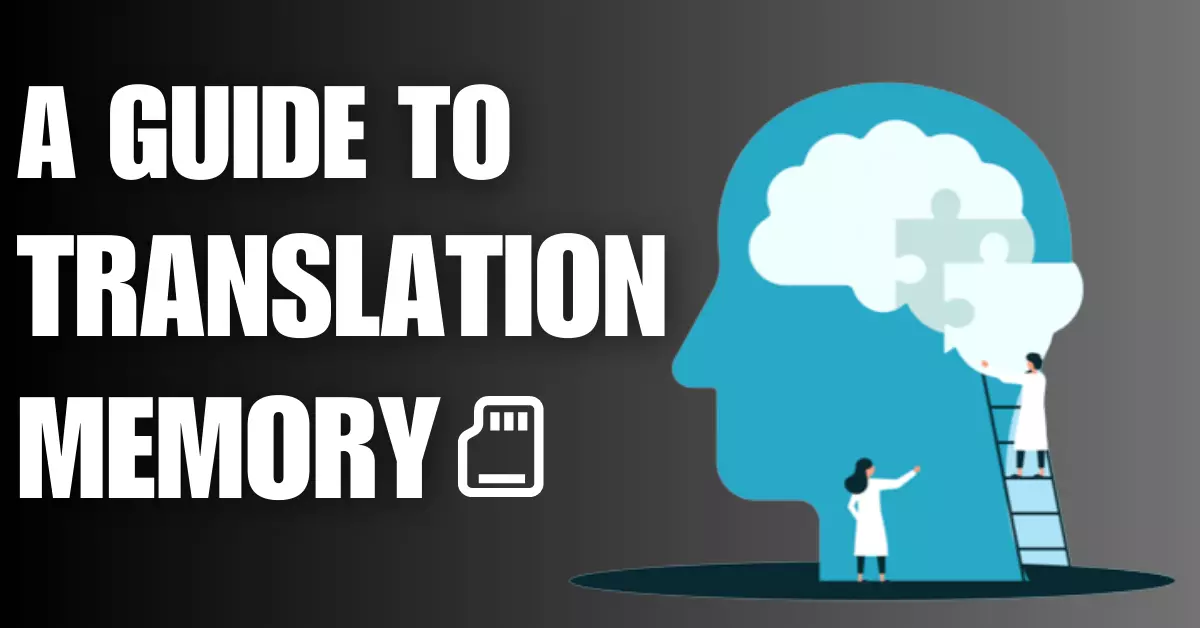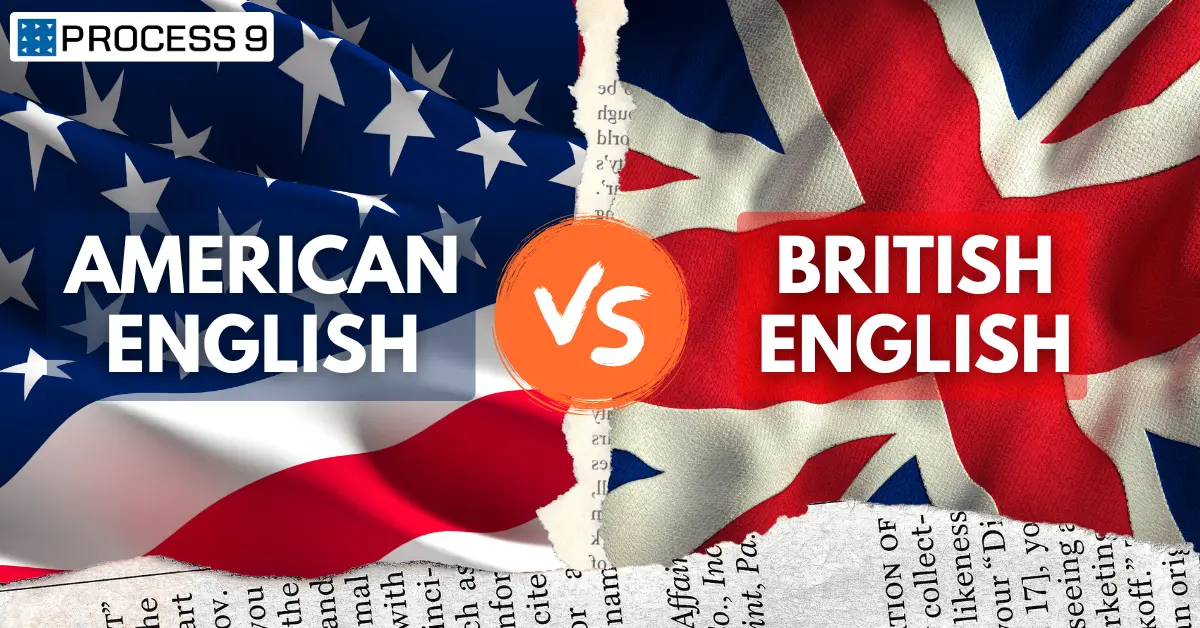Today, content translation is in great demand and used extensively across all industries. In today’s rapidly changing marketplace for language service providers, it is crucial to maintain consistency in translations, optimize the timeline and cost of each translation project, manage accuracy in the translation of terminologies, and efficiently collaborate with multiple translators who might be involved in a project for teamwork.
Every translator must efficiently evaluate the quality of translations to meet the desired standards. Translation memory is an essential tool that can enable all of the above aspects of translation. With translation memory, translators can streamline the entire process of translation and enhance their productivity. Since it supports high translation volumes and produces accurate and dependable results, this tool is frequently used by many language service providers.
What is translation memory?
Translation memory is a linguistic database that stores a pair of texts in the form of segments. The source and target segments are registered in the system as parallel yet separate segments. A translation unit consists of a pair of source and target segments. These segments can be either strings of words, phrases, sentences, or even paragraphs. When any registered source segment reappears in the same form, the translation memory translates it using the saved translation unit. With translation memory, translators can create accurate and consistent translations in a shorter time frame. With every project, the translation memory becomes equipped with newly translated content that can be reused as needed. In a CSA study, 66% of respondents stated that they frequently use translation memory for their projects, 63% said that translation memory contributes to the overall high quality of the translation project, and 86% said that translation memory enables quicker delivery.
Benefits of translation memory
When multiple translation projects have to be handled at a time, disparities in translations can result in bad reviews from customers. The translation memory ensures uniform translations in all projects by efficiently storing the translation units in the database for reuse. While translating, the source language content can be analyzed for exact or fuzzy matches using the translation memory. There will be less work involved in a project when the content is of a highly repetitive nature, such as website content, product manuals, contracts, etc., leading to tremendous cost savings. The effective usage of an enriched translation memory paves the way for a faster turnaround of the projects by providing reliable matches. When translation efforts have a quicker time to market and shorter turnaround time, businesses can launch their content in multiple languages much more quickly.
How does translation memory software work?
Translation memory software is a computer-assisted translation tool that stores strings of texts and translation units in a database called translation memory. Along with making translation efficient, this software also stores changes and revisions over time. The text to be translated is broken down into multiple segments in the translation software and compared to the segments in the translation memory to find suitable matches.
The translation memory shows three kinds of matches based on the similarity of the text between the source and the target segments.
- An exact match(100%) means that the segments are completely identical to the text to be translated.
- 101% match means that the context along with the segments is completely identical to the text to be translated.
- A fuzzy match means that the segments are not entirely identical to the text to be translated
If the match between the text and the translation unit is less than 70%, it’s not regarded as ideal and is rarely used during translation. Once a suitable match is found, the text to be translated is replaced with the corresponding translation from the translation memory. The translation memory software displays the percentage of accuracy for each match, and the differences are color-coded. The traditional translation memory software operated well with larger teams but was less transparent. Modern translation memory software can be effortlessly integrated into any technology stack. Some of the free translation memory software available in the market are Felix, Smart Cat, Basic Cat, OmegaT, etc. Some of the paid translation memory software available on the market are DEJA VU, Memosource, SDL Trados, and Memoq.
What are the best practices for utilizing translation memory software?
Some of the industry’s best practices, if followed, can help translators generate consistent outputs with the help of translation memory.
- The quality of the machine translation software has a significant role in getting a satisfactory result from translation. The machine translation software should be updated on a regular basis to make sure that it happens.
- Performing concordance searches and making consistent use of terminologies can help in using the translation memory to its full potential.
- A functional translation memory is a database of explicit and precise segments of texts. A systematic method of collecting and organizing texts can help in creating an effective translation memory
Finally, getting a good translation output fairly depends on the quality of the source text. Before initiating translation, it has to be ensured that the source text is clean and error-free. It is recommended that the source language content be presented in a consistent format, structure, and context throughout, with no idiomatic expressions. Translation memory is not used to translate creative texts due to their unique style, idiomatic expressions, and language. For a flawless translation experience using translation memory, it is recommended to use placeholders in the source language to represent variables like dates, numbers, and names.
Points to Remember
There is no denying that translation memory quickens a translator’s pace of work and produces outputs that are accurate, reliable, and consistent. Nevertheless, creating a clear and concise translation memory takes work, and not all translation projects can rely solely on it. In certain scenarios, it is recommended to review the content to ensure its accuracy and contextual relevance.







Share: